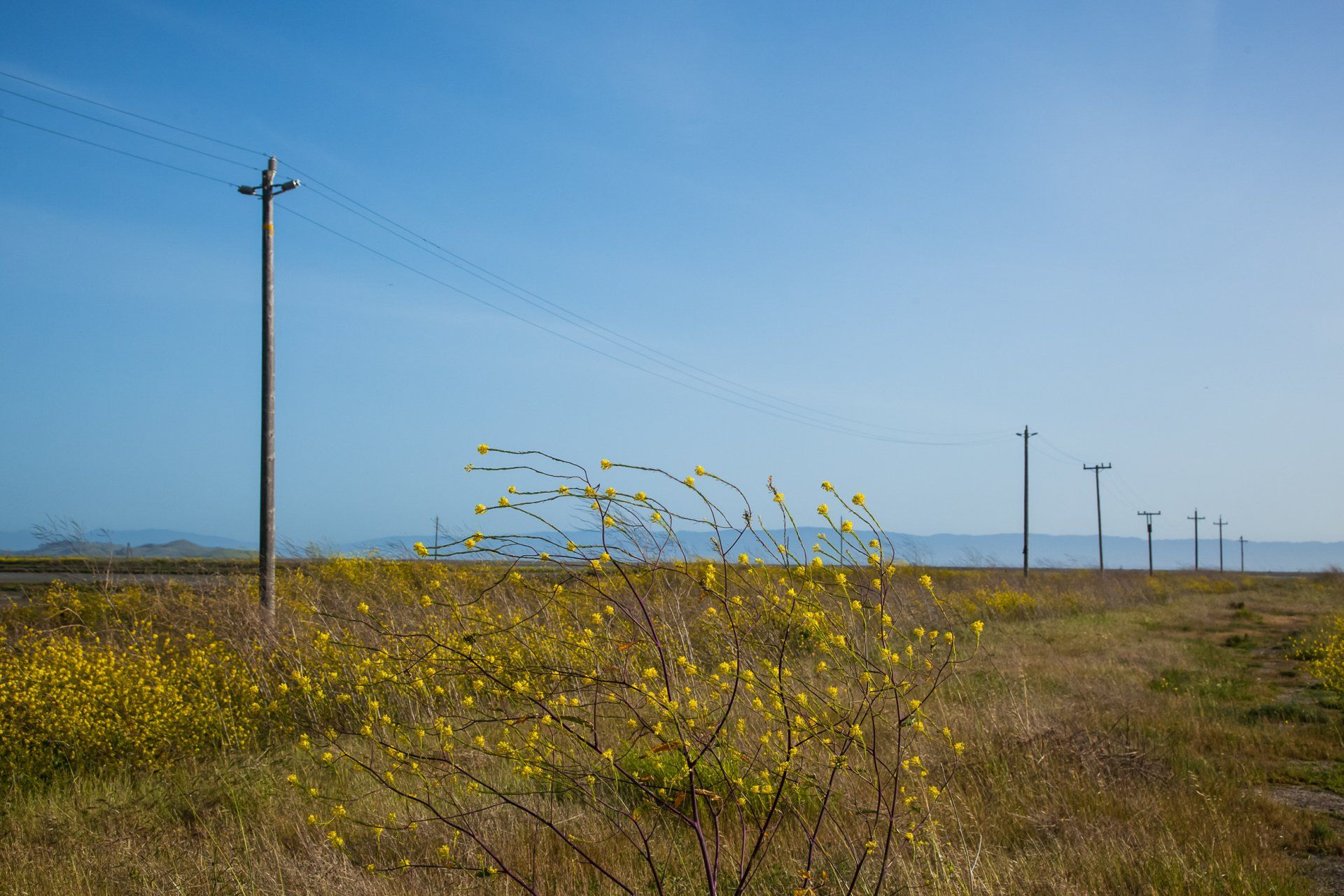1MG FlippingBooks
Telecommunications emergency resistance boosted
Elizabeth Gracie

The Morrison Government has pledged an additional $37.1m to improve telecommunications emergency resilience.
Minister for Regional Communications Mark Coulton said that “the announcement provides a significant boat in the resilience of our mobile network that will help emergency services and communities stay connected for longer during emergencies”.
Some $27.1m will stem from a new $650m bushfire recovery plan recently announced which will join an additional $10m from the mobile blackspots program to strengthen telecommunications capabilities in rural areas in times of natural disasters.
According to Minister for Agriculture, Drought and Emergency Management David Littleproud, this will include the deployment of approximately 2000 satellite dishes to provide a link if other connections are damaged, plus batteries and solar panels, to rural fire depots and evacuation centers.
This comes on top of an estimated $380bn that the Morrison Government has already invested in improving telecommunications infrastructure through the Mobile Black Spots Program across regional Australia.
A key element of the stimulus package includes $18m towards upgrading mobile phone base stations to keep them operating longer during bushfires.
Currently under the first four rounds of the program, 1,229 base stations have been built. Now, Round 5 is funding an additional 182 new mobile base stations that will specifically target isolated rural communities, economic centers, and emergency service facilities.
Minister for Communications, Cyber Safety, and the Arts Paul Fletcher welcomes the move to help rural communities stay better connected during emergencies.
“The measures that have been announced will help Australians stay connected when it matters most, and maintain the ability to contact family, insurers, and emergency and support services” said Fletcher.
“These measures are an important step in further strengthening our telco networks so they are as resilient as possible during future emergency situations”.
NEWS

2025 marks 50 years since TR70 model launched in 1975. Since this time, New Holland has led industry innovation in combine technology with: The first self-leveling cleaning system on a rotary combine in 2002 Breaking the 8-hour wheat harvest world record in 2014 The latest CR10 and CR11 twin rotor combines entering production in 2025















